Thousands of miles of barbed wire blight rangeland and pose a danger to wildlife. Someone’s doing something about it

Game effort: Volunteers retire or retrofit dangerous barbed wire in southeastern Oregon. Photo: Oregon Natural Desert Association
By Damian Fagan, October 6, 2022. It’s ugly, dangerous and destructive. In its time, it was heralded as one of history’s great inventions.
In the 1870s, barbed wire fencing was advertised as “The Greatest Discovery of the Age.” Joseph Glidden patented his product and billed it as “lighter than air, stronger than whiskey and cheaper than dirt.”
As much as any development—the steam engine and telegraph included—barbed wire changed the North American frontier.
By 1880, Glidden’s factory in DeKalb, Illinois, had produced more than 263,000 miles of double-strand wire, enough to circle the planet 10 times over.
“It takes no room, exhausts no soil, shades no vegetation, is proof against high winds, makes no snowdrifts and is both durable and cheap,” one ranching advocate explained.
But the same fencing that penned in domestic livestock decimated ancient migratory routes for wildlife and created a deadly hazard for birds and game.
Today, an estimated 620,000 miles of fencing—enough to stretch around the earth nearly 25 times—crisscrosses the West.
But organized efforts are underway to remove unsightly, deadly and obsolete barbed wire.
One of the best case studies of these rehabilitation efforts comes from the high desert sagebrush steppe east of Oregon’s Cascades Range.
Beatys Butte project
In the mid-1990s, the U.S. Fish and Wildlife Service phased out grazing within the 278,100-acre Hart Mountain National Antelope Refuge in southeastern Oregon. After the cattle departed, the Oregon Desert Natural Association (ONDA) stepped in to assist with removing over 300 miles of interior fencing.
“ONDA has been removing or working with barbed wire fencing since we started engaging volunteers for most of our 35 years,” says Gena Goodman-Campbell, ONDA stewardship director.
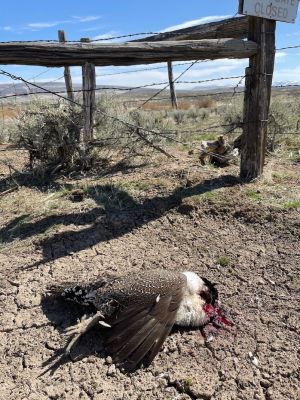
Wire kills: Sage grouse in eastern Oregon after fatal encounter with barbed wire. Photo: Pete Zimowsky
Those early efforts have since expanded across Oregon’s high desert.
In September, ONDA organized the Beatys Butte Fenceline Retrofit Project, a four-day camping expedition with six volunteers to improve pronghorn passage by retrofitting barbed wire fence to wildlife-friendly standards. ONDA led a similar trip in May with 13 volunteers.
“Retrofitting a barbed wire fence to be more friendly for wildlife consists of replacing one or more of the barbed wires with smooth wire so that wildlife can pass more easily over or under the fence,” says Goodman-Campbell. “In this case, volunteers replaced the bottom barbed wire with smooth wire and ensured the new bottom wire was about 16 inches above the ground so that pronghorn would be able to pass under the fence without getting tangled up in the wire.”
The two trips in 2022 retrofitted about four miles of barbed wire fence, helping to reconnect migration routes for pronghorn.
As part of the “land between” Hart and Sheldon National Wildlife Refuges in the Bureau of Land Management’s Lakeview District in south-central Oregon, the Beatys Butte allotment encompasses 575,495 acres, 506,985 acres of which are public land. According to ONDA, the area is used as winter and migratory habitat for pronghorn antelope, and habitat for sage grouse, pygmy rabbits, western big-eared bats, ferruginous hawks, burrowing owls, desert and short-horned lizards and other mammals and birds.
“Beatys Butte is an integral part of the landscape between Hart Mountain and the Sheldon National Wildlife Refuges and is a critical migration corridor for pronghorn between the two refuges,” says Goodman-Campbell.
“Fences clearly can disrupt migration corridors for wildlife, especially larger ungulate wildlife, with how the fences are designed,” says Shannon Ludwig, Sheldon-Hart Mountain National Wildlife Refuge Complex refuge manager. “Deer like to jump over fences, and pronghorn and bighorn sheep like to go under the fences.”
Working with the BLM, ONDA equipped volunteers with a smartphone app and maps to document over 100 miles of Beatys Butte fence in need of retrofitting.
ONDA hopes to continue the ongoing project next year. One of its next steps is to work with BLM to analyze data gathered by volunteers alongside pronghorn migration data to prioritize which sections of fence should be retrofitted next.
“The Bureau of Land Management is very happy to have ONDA’s help in inventorying the condition of our fences as well as accomplishing on-the-ground work,” says Kate Yates, Lakeview District BLM wildlife biologist. “At this time, it’s just ONDA, but there is always room for other groups to help out.”
Clearing Hart Mountain
One of ONDA’s major success stories has been the Hart Mountain Project. Started in the mid-1990s and completed in 2012, the effort pulled more than 300 miles of obsolete barbed wire from the Hart Mountain National Antelope Refuge.
“It’s pretty gratifying work to pull up to a spot in the morning and see a barbed wire fence, then get back into your car at the end of the day, tired, hot and hungry, and look back at where the fence was and it’s now like virgin land,” says John Katzenstein, an ONDA volunteer who participated in the final Hart Mountain fence pull in 2012. “It’s really rewarding, not just for us ONDA folks, but for hunters, hikers, fisherman, bikers and the wildlife.”
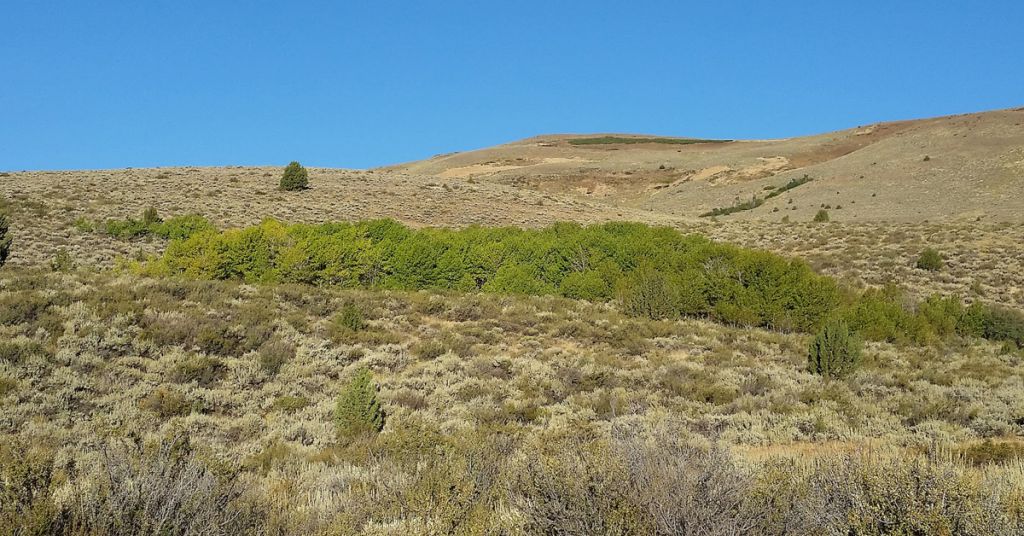
Clear improvement: A newly fence-free section of Hart Mountain. Photo: Damian Fagan
ONDA has also removed over 125 tons of fencing from the cattle-free section of the Steens Mountain Wilderness, much of it in rugged country.
“Some areas could be accessed by vehicles, but ONDA has also removed wire via helicopters or horse packers,” says Craig Terry, an ONDA volunteer from Hood River who has been participating in fence-removal projects since 2008.
Depending upon the condition, wire and posts are recycled or reused.
Virtual fencing
One of the more promising contemporary replacements for barbed wire is virtual fencing.
Though more sophisticated, virtual fencing is similar to invisible fences used to keep dogs in a yard.
Free-ranging cows wear a GPS collar that tracks their movements. The collars emit a shock and/or auditory cue (such as a series of beeps) when an animal approaches a computer-controlled “fence.”

Work party: ONDA turns barbed-wire projects, such as this May 2022 Beatys Butte fencing retrofit, into social events. Photo: ONDA
No physical fencing is required. Instead, portable towers installed on rangeland use radio frequency signals from GPS satellites to provide coverage for creating the boundaries.
A rancher or livestock producer can create virtual boundaries from a cellphone or laptop to control and manage animal movements.
“I don’t think I’ve ever seen a technology or product that has come up in my discipline that has been so exciting,” says David Bohnert, Director of the Eastern Oregon Agricultural Research Center. “It’s not an iron gate and you’ve got to train the cattle and set the system up to be successful. But right now, with some of the stuff we’re learning, I think it has a lot of potential.”
Virtual fencing may represent a paradigm shift in livestock operations, but there are still tens of thousands of miles of obsolete barbed wire fences posing a threat to wildlife across the Columbia River Basin and Pacific Northwest.
Volunteers will be busy for some time seeking out and removing them.
Damian Fagan is a freelance writer from Bend, Oregon.




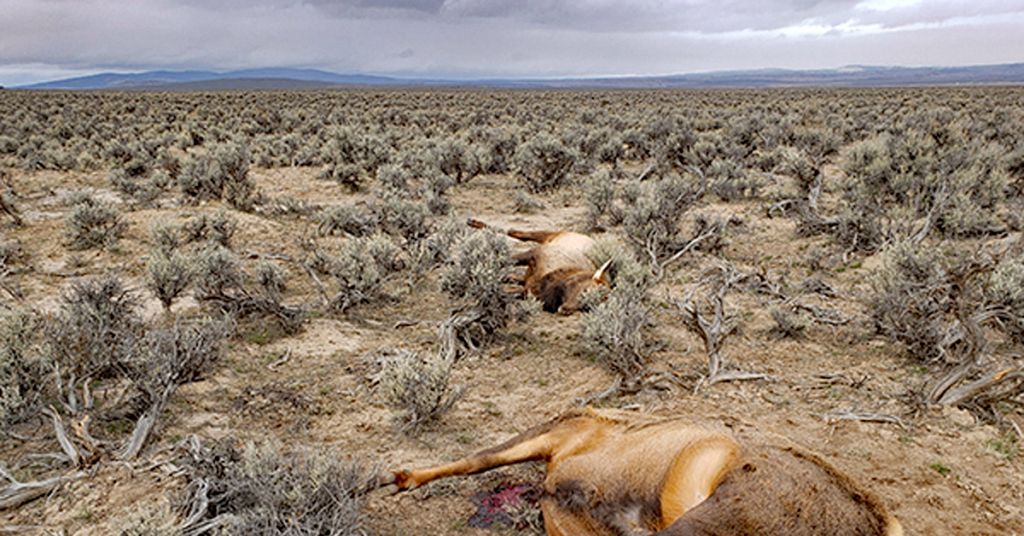
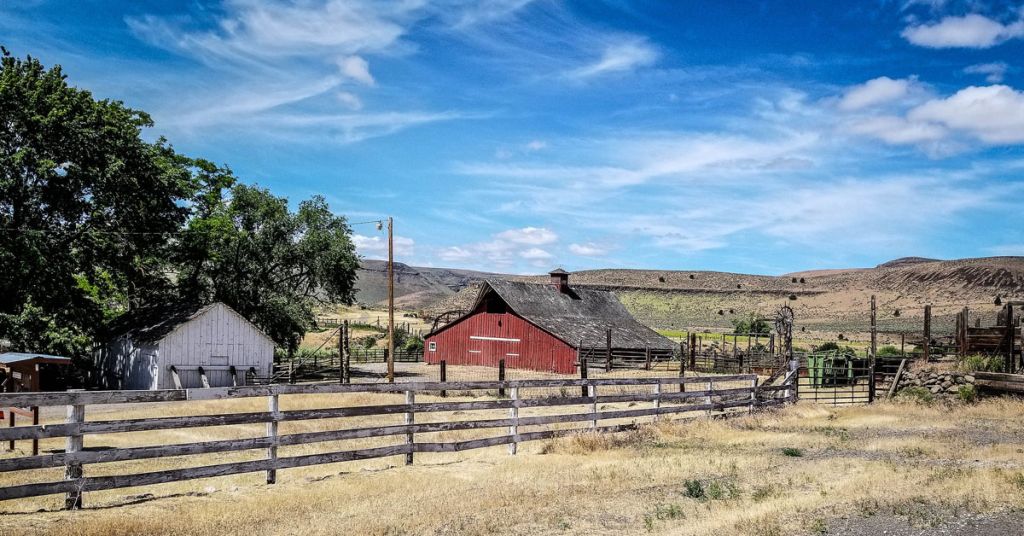
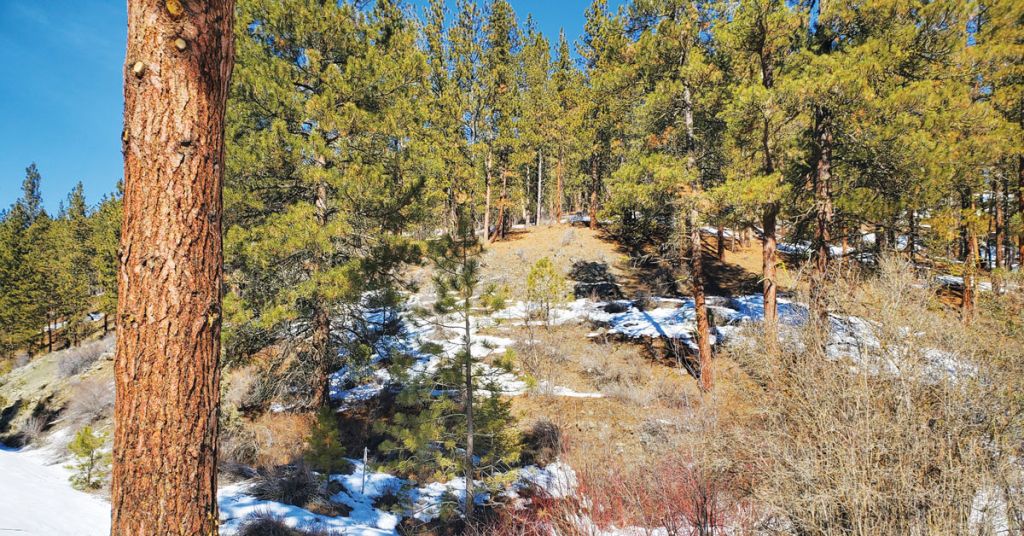



What an encouraging story to read! Thanks to all the volunteers who are saving lives.
Maria, pretty terrific that people volunteer to do this hard work to help all the wildlife.
In 2016, I participated as part of a volunteer crew at Hart Mountain to hang triangular-shaped plastic tags on the top wire of the exterior boundary fence to serve as a visual cue to prevent sage-grouse from hitting the fence and dying, like in your photo.
Susan, What other areas are in need of fence removal in the PNW? Have you documented all the places, trails, you worked on?
Susan Hess
Folks might consider another solution to a “fence line”, smooth wire for legal boundary wire fencing, and of course solar powered electric fencing for livestock.
The railroad industry is replacing thousands of miles of very serviceable smooth wire signal lines. Rather than recycle it, which is both expensive and dangerous to do, it could be repurposed.
I simply despise barbed wire, and as time allows will take mine out. Glad to share with those of you who also know how bad that stuff is.